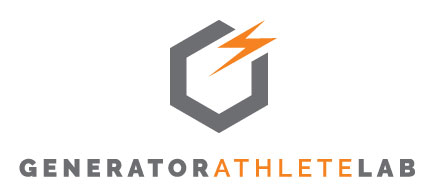What's Inside a Massage Therapist's Toolbox
In Texas, ‘Massage therapy means the manipulation of soft tissue by hand or through a mechanical or electrical apparatus for the purpose of body massage. The term includes effleurage (stroking), petrissage (kneading), tapotement (percussion), compression, vibration, friction, nerve strokes, and Swedish gymnastics. Massage therapy may include the use of oil, lubricant, salt glows, heat lamps, hot and cold packs, or tub, shower, jacuzzi, sauna, steam or cabinet baths. Massage therapy is a health care service when the massage is for therapeutic purposes, and a licensed massage therapist may receive referrals from a physician to administer massage therapy.’
In this article, we will review 3 apparati (or tools) that a massage therapist may use in a therapy session to achieve the desired result of helping you feeling better! There are various electrical and mechanical tools that, when used properly, can be a safe and effective way to manipulate the soft tissues of the body.
Cupping
Cupping has been around for a very long time. There are some medical texts that date it back to 1550 from Ancient Egypt, and are also part of many other ancient healing systems including the Chinese and Greek. Cupping is a type of alternative therapy that involves placing cups on the skin to create a negative pressure, or suction. This suction is thought to improve the flow of energy in the body and facilitate healing.
Cupping increases blood circulation to the area where the cups are placed. This may relieve muscle tension, which can improve overall blood flow and promote cell repair. It may also help form new connective tissues and create new blood vessels in the tissue.
According to a 2018 review, the effects of cupping therapy include: improving pain thresholds, changing the skin’s biomechanical properties, helping to promote blood flow to the skin, decreasing inflammation, boosting immunity of the cells, and improving local metabolism. This, in turn, has a positive effect on the lymphatic system which is responsible for eliminating waste from the body.
Most practitioners these days use dry cups and use suction to create the negative pressure.
Gua Sha
Gua sha involves scraping the skin with a massage tool to improve your circulation, break up scar tissue and promote healing. It is an ancient Chinese healing technique.
In gua sha, a licensed massage therapist scrapes your skin with short or long strokes to stimulate microcirculation of the soft tissue, which increases blood flow. They make these strokes with a smooth-edged instrument known as a gua massage tool and the use of massage oil or cream.
Rubbing the skin’s surface is thought to help break up scar tissue, reduce inflammation, and promote healing.
Gua sha is generally performed on a person’s back, shoulders, neck, arms, and legs.
One study showed that Gua Sha helped relieve chronic neck pain. 48 participants were split into two groups. One group was given gua sha and the other used a thermal heating pad to treat neck pain. After one week, participants who received gua sha reported less pain compared to the group that didn’t receive gua sha.
Percussion Instruments
Percussion therapy devices are designed to help with muscle soreness and aid recovery after a workout. They can also help with improving mobility, decreasing pain and breaking up scar tissue. These devices work by vibrating or pulsing at a rapid rate to provide a powerful massage and often feature a variety of attachments for targeting specific muscle groups. One recent study using a Hypervolt massage gun found that a 5-minute percussion massage on the calf improved range of motion in the leg and foot.
These instruments can be purchased for home use in a variety of different styles, and they can also be incorporated into a massage therapy session. Massage therapists use these tools to warm up tissue prior to massage, improve mobility prior to stretching the client or to decrease pain and scar tissue.
In summary, there are a variety of different effective tools that you can inquire about at your next massage therapy session, and please don’t be afraid to ask! You never know what tool or skill your therapists may have that can help you feel your very best!
— This article was first published in Austin Fit Magazine’s January 2023 issue here.
